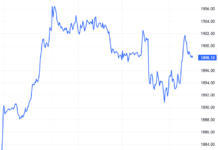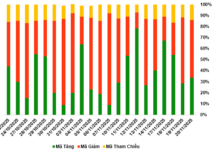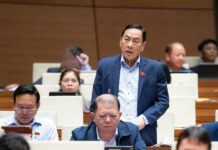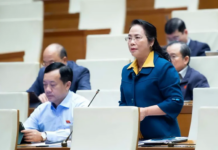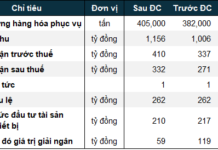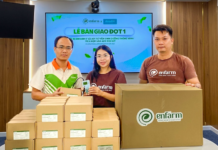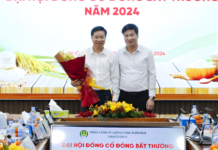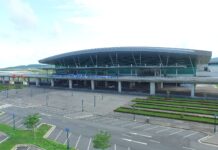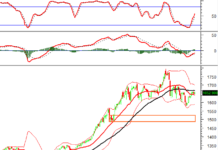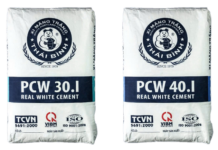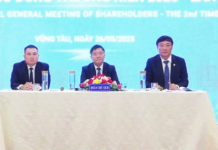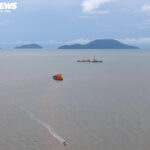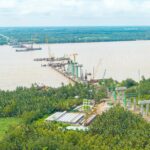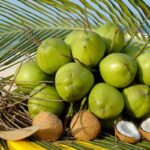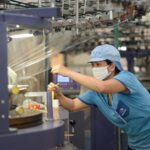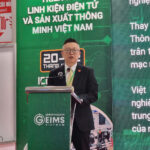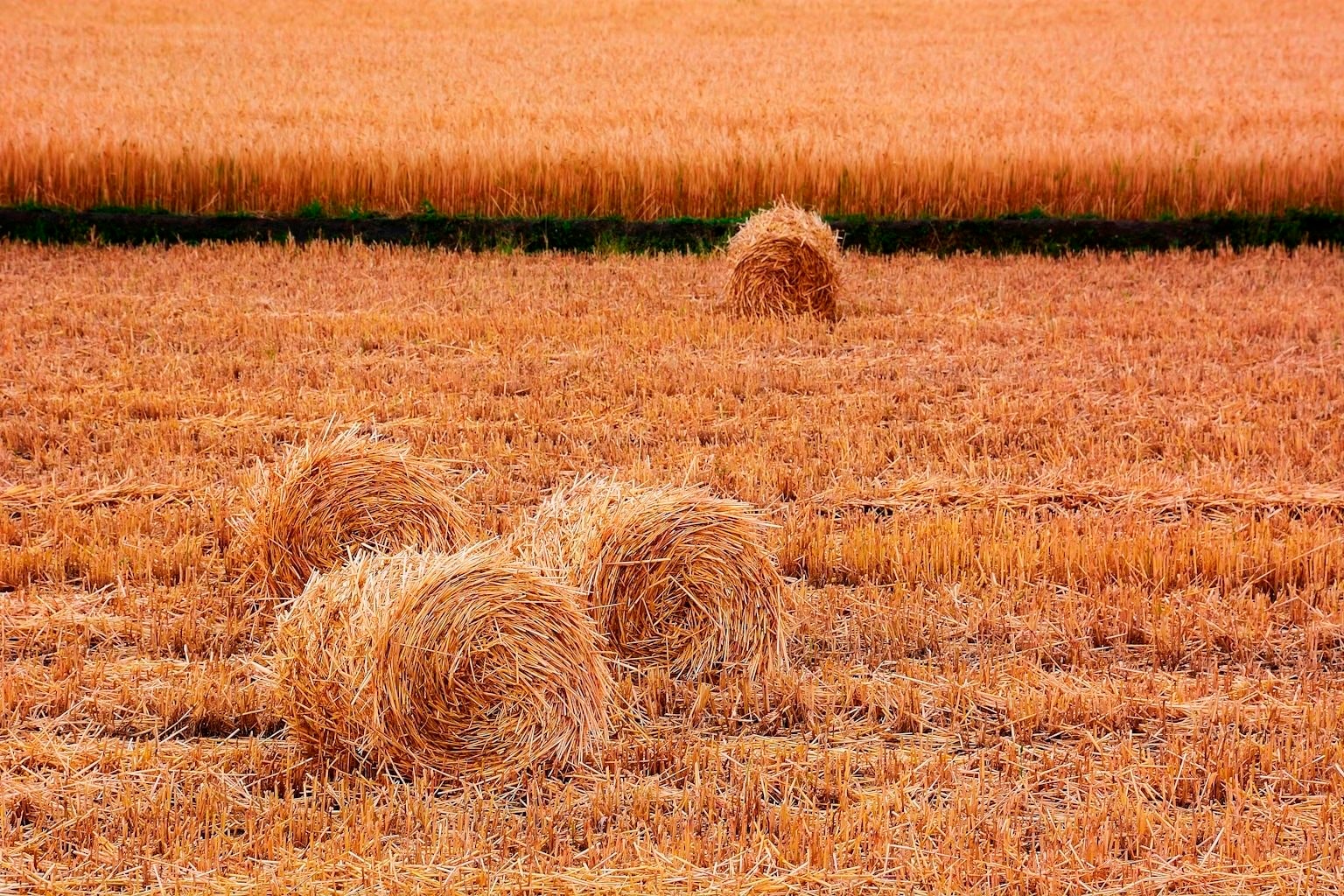
Straw and Rice Stubble: A Biomass Resource When Properly Managed
The workshop was built upon the scientific foundation of the RiceEco Project, funded by the Mekong-Korea Cooperation Fund for the 2023-2025 period. It focuses on developing and scaling sustainable straw and rice stubble management solutions for the Mekong Delta region and neighboring countries in the Mekong Subregion.
Speaking at the workshop, Dr. Nguyễn Văn Hùng, a senior agricultural expert from IRRI and leader of the RiceEco project, stated that the technological solution for straw and rice stubble management has been developed and applied in the Mekong Delta. It has since been scaled to Cambodia, Thailand, Myanmar, and Laos, with adjustments made to suit local conditions.
“The mechanized straw management solution aimed at reducing emissions and promoting circular agriculture” has been recognized as a “Technical Advancement” in Vietnam, and is encouraged by the Ministry of Agriculture and Environment for priority application.
This solution has become a key component of the high-quality, low-emission rice production process in the Mekong Delta, forming the basis for the 1 Million Hectares of High-Quality, Low-Emission Rice Project in the region.
Pilot models of rice cultivation applying straw and rice stubble management based on circular agriculture principles have shown that straw and rice stubble are indeed biomass resources when properly managed. Results indicate a reduction of up to 3 tons of CO₂ equivalent per hectare compared to completely burying straw in flooded fields, along with a 10-15% increase in rice yield when using organic fertilizer produced from straw.
Additionally, the EasyFarm application—partially funded by the RiceEco project—has been piloted with over 2,000 farmers. This app connects farmers with mechanized straw baling services and straw purchasing markets, providing a digital platform for direct transactions between farmers and businesses. This increases income and gradually shifts straw and rice stubble management practices towards environmental friendliness.
Dr. Robert Caudwell, IRRI Representative in Vietnam, emphasized a new perspective on straw and rice stubble: “Straw and rice stubble are not problems to be managed, but resources to be exploited.” He noted that IRRI has witnessed straw and rice stubble being transformed into compost, animal feed, and straw mushrooms, reducing emissions and air pollution while creating new income sources for farmers.
From a regulatory perspective, Mr. Lê Đức Thịnh, Director of the Department of Cooperative Economy and Rural Development (Ministry of Agriculture and Environment), believes that straw and rice stubble management is entering a new phase, directly linked to Vietnam’s major commitments to green growth and net-zero emissions.
He stressed that, with the government’s approval of the 1 Million Hectares of High-Quality, Low-Emission Rice Project and the commitment to Net Zero by 2050, straw and rice stubble management is no longer just a technical issue but a strategic pillar of green transformation in the rice industry. If the straw and rice stubble issue is not thoroughly resolved, the goal of reducing emissions and upgrading the rice value chain will be difficult to achieve.
Three Key Task Groups
Based on this reality, Director Lê Đức Thịnh outlined three key task groups. First, perfecting the legal framework to recognize straw and rice stubble as biomass resources, not by-products, and issuing standards and technical regulations for collection, storage, transportation, and reuse. This will create a legal foundation for a sustainable straw and rice stubble market.
Second, reorganizing the value chain with cooperatives playing a central role. Cooperatives will not only provide mechanized straw collection services and organize collection points but also act as a “bridge” linking with businesses processing organic fertilizer, biochar, biomass pellets, and other value-added products. This will help establish a stable supply and ensure fairer value sharing with farmers.
Third, mobilizing financial resources and integrating carbon mechanisms. “Financial resources must be mobilized, and carbon mechanisms integrated, leveraging credit packages, support mechanisms under Decree 98/NĐ-CP, credit funds, and ODA. A measurement, reporting, and verification (MRV) system for straw and rice stubble should be developed and integrated into the carbon credit mechanism, creating clear economic incentives for farmers and businesses to participate in sustainable models,” Mr. Lê Đức Thịnh proposed.
From an industry perspective, Mr. Lê Thanh Tùng, Vice Chairman and Secretary-General of VIETRISA, affirmed: “Sustainable straw and rice stubble management is a crucial pillar for the 1 Million Hectares of High-Quality, Low-Emission Rice Project in the Mekong Delta to achieve its emission reduction goals. This is not only a technical requirement but also a significant economic opportunity for farmers and businesses.”
From a research standpoint, Dr. Nguyễn Hồng Tín (Can Tho University), representing the research collaboration between Can Tho University and IRRI, presented comprehensive findings from the RiceEco 2025 project after surveying 385 subjects across three provinces. This revealed the actual flow of straw and rice stubble from fields to end consumers.
The study showed that traders are “leading” the chain with 32.4% of the straw volume. Straw is primarily used for mushroom cultivation (17.9%), livestock feed (5.9%), and vegetable growing (2.7%). Mushroom cultivation yields the highest profit (77.9%), with a total economic value of 6.671 trillion VND per year.
However, the straw and rice stubble value chain still faces limitations: lack of quality standards, no formal trading platform, weak logistics, and insufficient preferential credit. Dr. Nguyễn Hồng Tín suggested: Establishing the legal status of “straw as a biomass resource,” issuing standards, providing credit support, and integrating straw and rice stubble into the carbon mechanism to create a more transparent and sustainable market.
Mr. Huỳnh Văn Thòn, Chairman of Loc Troi Agricultural Corporation, shared: With the new perspective from the government, scientists, and the business community, straw and rice stubble are being viewed very differently. Once considered production obstacles and difficult to manage post-harvest, straw and rice stubble are now seen as valuable products when technology is invested in collection and processing. According to him, this is a significant additional income for the rice industry as a whole and for individual farming households.
“For a long time, we have been investing in straw and rice stubble processing, such as straw mushroom cultivation and collaborating with Ho Chi Minh City University of Technology to address rice husk waste by producing biodegradable bioplastics. This shows that we need to work harder to turn aspirations and potential into reality, bringing tangible value to current life,” Mr. Huỳnh Văn Thòn said.
The Role of the ASEAN Learning Alliance on Circular Economy from Straw and Rice Stubble
Not only Vietnam, but many countries in the region are also facing the challenge of managing straw and rice stubble in a more environmentally friendly and economically sustainable way. From this common need, the ASEAN Learning Alliance on Circular Economy from Straw and Rice Stubble was formed, becoming a “bridge” for cooperation in the region. Here, stakeholders share experiences, technologies, and business models.
Dr. Rica Flor, a senior scientist at IRRI, emphasized the significance and impact of the Alliance: “The ASEAN Learning Alliance on Circular Economy from Straw and Rice Stubble is promoting learning among various stakeholders and cross-border cooperation. Over 100 delegates from five countries (Vietnam, Laos, Cambodia, Myanmar, and Thailand), including farmers, cooperatives, agricultural extension officers, businesses, and policymakers, have shared knowledge, technology, and practical business models. The Alliance not only scales technical solutions and shares effective implementation experiences but also builds a sustainable cooperation network in the region.”
According to her, while each country has different conditions, the challenges in straw and rice stubble management are similar. Through the Alliance, stakeholders can learn from both successes and failures, adjust models to suit their contexts, and work towards the common goal of green agriculture and emission reduction. “This is the long-term impact—turning shared experiences into specific action commitments and transforming connections into sustainable innovation within each farming community,” Dr. Rica Flor emphasized.
The scaling strategy in Cambodia is built on nine pillars, from raising community awareness and transferring diverse technology packages (animal feed, mushrooms, compost) to designing financial support programs and establishing suitable policy frameworks. The core lesson is the need for close cooperation with communities, based on scientific evidence and co-designing strategies with stakeholders to ensure sustainability.
The Billion-Dollar Question: Is Tran De Mega Port Economically Viable?
With an estimated investment of billions of dollars, the economic viability of the Tran De superport remains a critical consideration. Meanwhile, a more feasible alternative has emerged, offering a compelling solution.
Climate Change Threatens to Erase a Decade of Vietnam’s Economic Growth
The World Bank (WB) warns that without adequate adaptation measures, climate change could slash Vietnam’s GDP by at least 12.5% by 2050 compared to baseline projections. This would effectively erase nearly a decade of growth, significantly hindering the nation’s goal of achieving high-income status by 2045.


